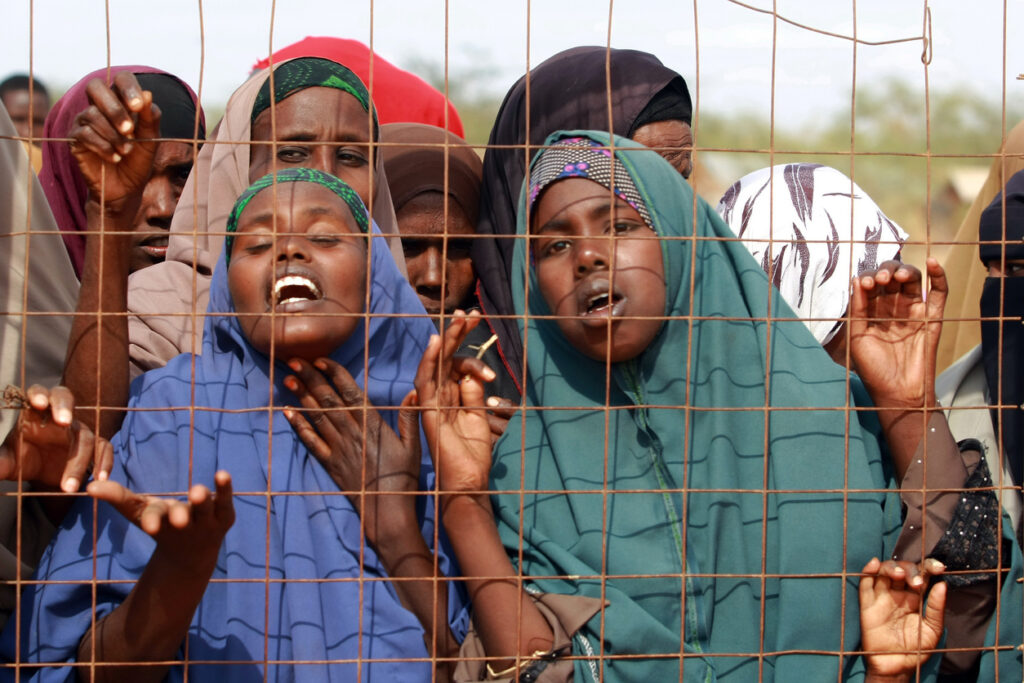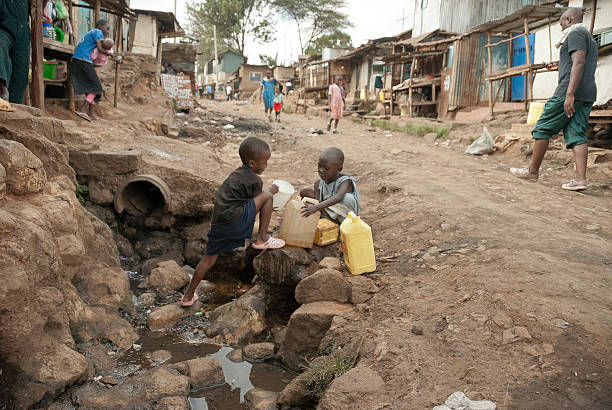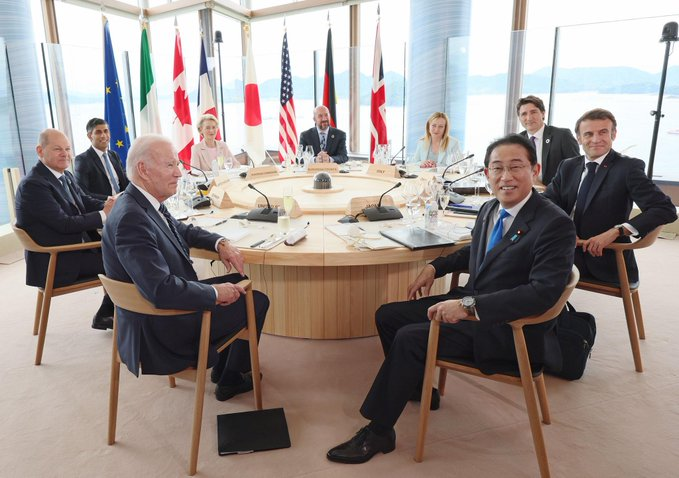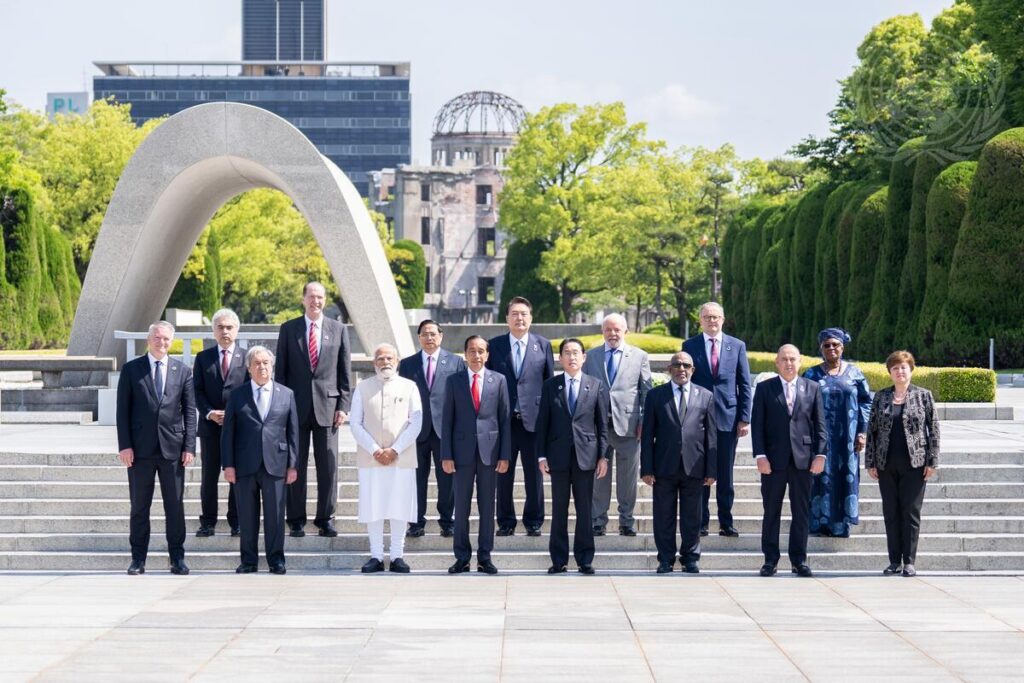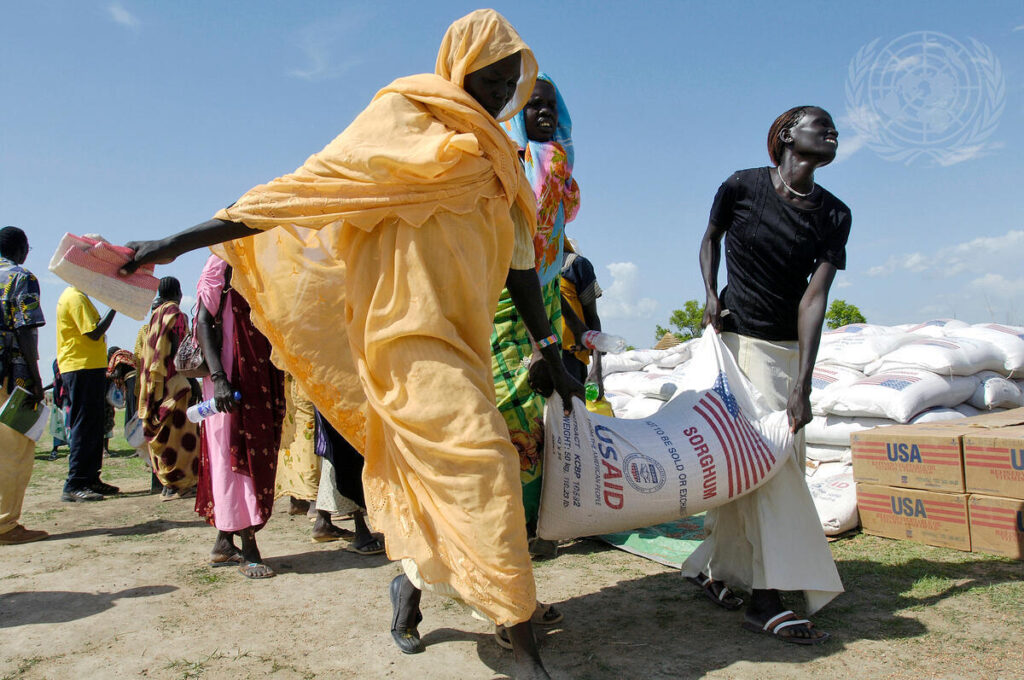The world remains off track to achieve universal access to clean cooking by 2030. Up to 2.3 billion people still use polluting fuels and technologies for cooking, largely in sub-Saharan Africa and Asia. Following is a news release from the U.N. Department of Global Communications.
Washington, New York, Geneva, Abu Dhabi, 6 June 2023 – A new report by the International Energy Agency (IEA), the International Renewable Energy Agency (IRENA), the United Nations Statistics Division (UNSD), the World Bank, and the World Health Organization (WHO), released today, finds that the world is not on track to achieve the Sustainable Development Goal (SDG) 7 for energy by 2030.
This year marks the halfway point for achieving 17 Sustainable Development Goals by 2030. SDG 7 is to ensure access to affordable, reliable, sustainable and modern energy.
The goal includes reaching universal access to electricity and clean cooking, doubling historic levels of efficiency improvements, and substantially increasing the share of renewables in the global energy mix. Attaining this goal will have a deep impact on people’s health and well-being, helping to protect them from environmental and social risks such as air pollution, and expanding access to primary health care and services.
The report can be downloaded at https://trackingsdg7.esmap.org/
The 2023 edition of Tracking SDG 7: The Energy Progress Report warns that current efforts are not enough to achieve the SDG 7 on time. There has been some progress on specific elements of the SDG 7 agenda – for example, the increased rate of using renewables in the power sector – but progress is insufficient to reach the targets set forth in the SDGs.
The global energy crisis is expected to stimulate the deployment of renewables and improve energy efficiency with several government policies pointing to increasing investment. However, IRENA estimates show that international public financial flows in support of clean energy in low- and middle-income countries have been decreasing since before the COVID-19 pandemic and funding is limited to a small number of countries. To meet SDG 7 targets and to ensure that people fully benefit from the socio-economic gains of the shift to sustainable energy, it is necessary to structurally reform international public finance and define new opportunities to unlock investments.
The report also finds that mounting debt and rising energy prices are worsening the outlook for reaching universal access to clean cooking and electricity. Current projections estimate that 1.9 billion people will be without clean cooking and 660 million without electricity access in 2030 if we do not take further action and continue with current efforts.
These gaps will negatively impact the health of our most vulnerable populations and accelerate climate change. According to WHO, 3.2 million people die each year from illness caused by the use of polluting fuels and technologies, which increase exposure to toxic levels of household air pollution.
Key findings of the report – In 2010, 84% of the world’s population had access to electricity. This increased to 91% in 2021, meaning more than a billion people gained access over that period. However, the growth pace of access slowed in 2019–2021 compared to previous years. Rural electrification efforts contributed to this progress, but a large gap within urban areas remains.
In 2021, 567 million people in sub-Saharan Africa did not have access to electricity, accounting for more than 80% of the global population without access. The access deficit in the region stayed almost the same as in 2010.
The world remains off track to achieve universal access to clean cooking by 2030. Up to 2.3 billion people still use polluting fuels and technologies for cooking, largely in sub-Saharan Africa and Asia. The use of traditional biomass also means households spend up to 40 hours a week gathering firewood and cooking, which prohibits women from pursuing employment or participating in local decision-making bodies and children from going to school.
According to the 2019 WHO estimates, 3.2 million premature deaths each year were attributable to household air pollution created by using polluting fuels and technologies for cooking. Renewable electricity use in global consumption has grown from 26.3% in 2019 to 28.2% in 2020, the largest single-year increase since the start of tracking progress for the SDGs.
Efforts to increase renewables’ share in heating and transport, which represent more than three quarters of global energy consumption, remain off target to achieve 1.5oC climate objectives.
Energy intensity – the measure of how much energy the global economy uses per dollar of GDP – improved from 2010–2020 by 1.8% annually. This is higher than the 1.2% improvement from the previous decades. However, the rate of energy intensity improvement has slowed in recent years and dropped to 0.6% in 2020. This makes it the worst year for energy intensity improvement since the global financial crisis, albeit largely due to pandemic-related restrictions, which may indicate only a temporary setback. Annual improvements through 2030 must now average 3.4% to meet the SDG target 7.3.
International public financial flows in support of clean energy in developing countries stand at US$ 10.8 billion in 2021, 35% less than the 2010–2019 average and only about 40% of the 2017 peak of US$ 26.4 billion. In 2021, 19 countries received 80% of the commitments.
The report will be presented to top decision-makers at a special launch event on 11 July 2023 at the High-Level Political Forum (HLPF) on Sustainable Development, ahead of the second SDG Summit in September 2023 in New York. The authors urge the international community and policymakers to safeguard the gains made toward achieving SDG 7, to advance structural reforms, and to maintain a strategic focus on the vulnerable countries needing the most support.
QUOTES
“The energy crisis sparked by Russia’s invasion of Ukraine continues to have a profound impact on people all around the world. High energy prices have hit the most vulnerable hard, particularly those in developing economies. While the clean energy transition is moving faster than many think, there is still a great deal of work needed to deliver sustainable, secure and affordable access to modern energy services for the billions of people who live without it. Successful energy transitions rely on effective policies and technological innovation combined with large-scale mobilisation of investment capital. The international community must leverage all these tools to meet the Sustainable Development Goals by the end of this decade.” Fatih Birol, Executive Director, International Energy Agency
“Cost-competitive renewable energy has yet again demonstrated remarkable resilience, but the poorest in the world are still largely unable to fully benefit from it. To realise SDG7 without compromising climate goals, we must bring about systemic change in the way international cooperation works. It is crucial that multilateral financial institutions direct financial flows more equitably around the world to support renewables deployment and related physical infrastructure development.” Francesco La Camera, Director-General, International Renewable Energy Agency
“Despite advances towards sustainable energy targets at the mid-point of Agenda 2030, Goal 7 seems harder to reach than it was in 2015 and scaled-up action is necessary if we are to ensure access to affordable, reliable, sustainable and modern energy for all by 2030. Access to electricity and clean cooking still display great regional disparities and should be the focus of action to ensure that no one is left behind. Investment needs to reach the least-developed countries and sub-Saharan Africa to ensure more equitable progress toward Goal 7.” Stefan Schweinfest, United Nations Statistics Division
“Despite a recent slowdown in the global pace of electrification, the number of people without electricity almost halved over the past decade, from 1.1 billion in 2010 down to 675 million in 2021. Nonetheless, additional efforts and measures must urgently be put in place to ensure that the poorest and hardest-to-reach people are not left behind. To reach universal access by 2030, the development community must scale up clean energy investments and policy support.” Guangzhe Chen, Vice President for Infrastructure, World Bank
“We must protect the next generation by acting now. Investing in clean and renewable solutions to support universal energy access is how we can make real change. Clean cooking technologies in homes and reliable electricity in health-care facilities can play a crucial role in protecting the health of our most vulnerable populations.” Dr Tedros Adhanom Ghebreyesus, WHO Director-General, World Health Organization
About the report
This report is published by the SDG 7 custodian agencies, the International Energy Agency (IEA), the International Renewable Energy Agency (IRENA), the United Nations Statistics Division (UNSD), the World Bank, and the World Health Organization (WHO) and aims to provide the international community with a global dashboard to register progress on energy access, energy efficiency, renewable energy and international cooperation to advance SDG 7.
This is the ninth edition of this report, formerly known as the Global Tracking Framework (GTF). This year’s edition was chaired by the World Health Organization (WHO).
The report can be downloaded at https://trackingsdg7.esmap.org/
Funding for the report was provided by the World Bank’s Energy Sector Management Assistance Program (ESMAP).
Media contacts
IEA: Merve Erdil, merve.erdil@iea.org – IRENA: Nanda Febriani Moenandar, nmoenandar@irena.org
UNSD: Francyne Harrigan (UNDGC), harriganf@un.org; Pragati Pascale (UNDESA), pascale@un.org
World Bank: Lucie Blyth (ESMAP), lblyth1@worldbankgroup.org
WHO: mediainquiries@who.int, Paul Safar, safarp@who.int
Technical focal points
IEA: Gianluca Tonolo, gianluca.tonolo@iea.org
IRENA: Mirjam Reiner mreiner@irena.org & Gerardo Escamilla gescamilla@irena.org
UNSD: Leonardo Souza, souzal@un.org
World Bank: Elisa Portale eportale@worldbank.org & Jiyun Park jpark24@worldbank.org
WHO: mediainquiries@who.int, Heather Adair-Rohani, adairrohanih@who.int, Josselyn Mothe, mothej@who.int
United Nations correspondent journalists – United Nations correspondent journalists – United Nations correspondent journalists – United Nations journalism articles – United Nations journalism articles – United Nations journalism articles – United Nations News – United Nations News – United Nations News




